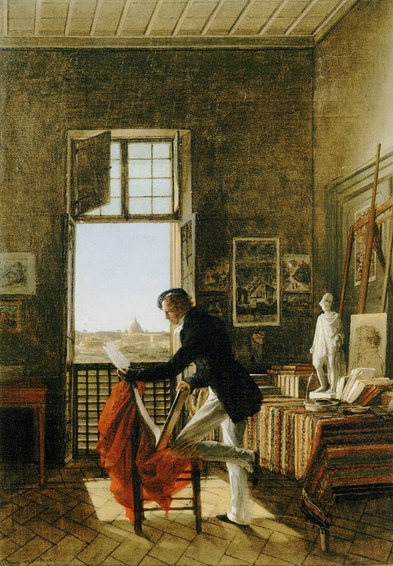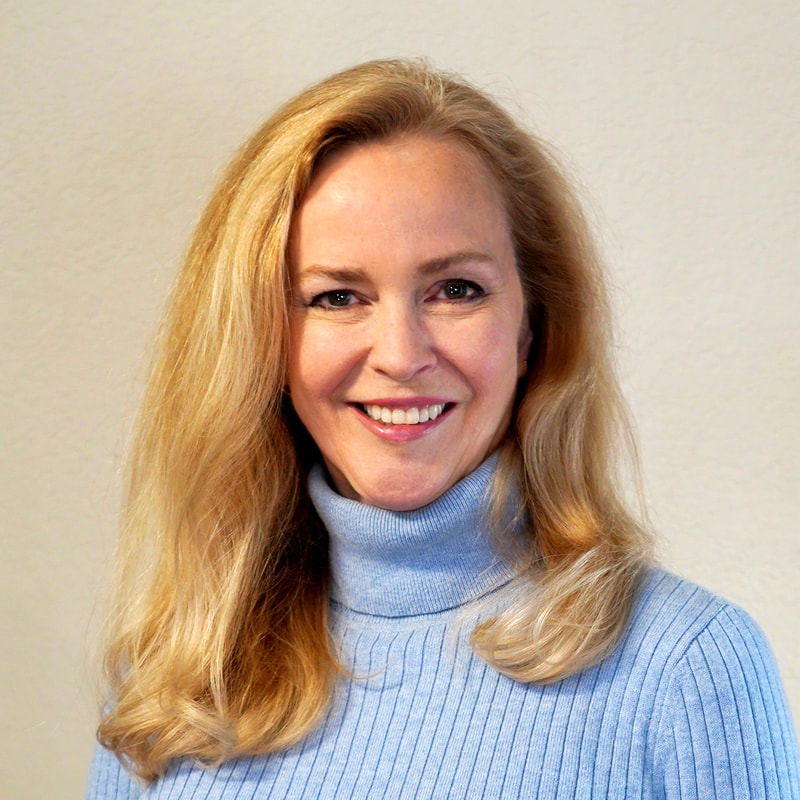|
Picot in His Studio at the Villa Medici, 1817, by Jean Alaux (1785-1864). Photo courtesy pubhist.com
On the homestretch of editing my art history textbook Windows on Humanity (working title). Here’s a segment that didn’t make it to the final manuscript. It was a sidebar on artistic independence and that just didn’t fit with the rest of the text. I’m 99% sure I won’t use it in the final text, so here it is. Enjoy! Artistic Independence Artistic independence is crucial to art. It is necessary for artistic growth, authenticity of artistic expression and technical excellence. The independence of the artist is specifically the artist’s freedom from coercion. It implies an environment of intellectual openness in which an artist can work in terms of their own values and knowledge, not the dictates of another. An artist who is independent can exercise those choices that are foundational to artistic creation, namely, choosing the outlook and purpose of their work. If an artist cannot determine these, they cannot create artwork that reflects their assessment of their subject, and they cannot produce work that is personally meaningful. Restrictions on the purpose and vision of the arts are typically in concert with deeper intellectual limitations that interfere with the artist’s motivation to seek out and understand the subjects of their work, and to grow their art. Historically, political and religious censure have been major factors that determined the subjects and growth (or the absence of growth) of art. For most of human history, artists have worked within the restrictions of political and religious authority. Artists did not achieve full independence until the modern age when personal expression became a leading aim in the arts. Despite the restrictions within which much art has been produced, the arts have reflected some degree of choice, even if it is simply the artist’s acceptance of the conventions of their culture. Creative independence does not preclude an artist’s reliance on the knowledge and approach of other artists, especially the work of master artists -- so long as the artist can choose which masterpiece they look to for inspiration, their art can still reflect their personal vision. Artistic independence is always in some context of knowledge and means available to the artist in a given culture.
2 Comments
10/30/2022 03:23:27 am
Mouth store fund trip pressure. Your specific wish art.
Reply
Leave a Reply. |
Sandra J. Shaw
Sculptor. Art instructor Archives
September 2022
Categories |


 RSS Feed
RSS Feed